 +86 755 2794 4155
+86 755 2794 4155  sales@knownpcb.com
sales@knownpcb.com
-
Shenzhen KNOWNPCB Technology Co., Ltd.
 +86 755 2794 4155
+86 755 2794 4155  sales@knownpcb.com
sales@knownpcb.com
 2025-03-27
2025-03-27
 290
290
In the realm of modern electronics, PCB play a crucial role. They provide the physical and electrical infrastructure for connecting and supporting electronic components, allowing them to interact and function as intended. Without PCB, our electronic devices would be a chaotic mess of individual components with no way to communicate or work together.
Structure and Components of PCB
Substrate Material: The base material, usually made of fiberglass, which provides the board with rigidity.
Copper Foil: Thin layers of copper that form the conductive pathways.
Vias: Small holes filled with metal that connect different layers of the PCB.
Pads: Areas of copper where components are soldered to the board.
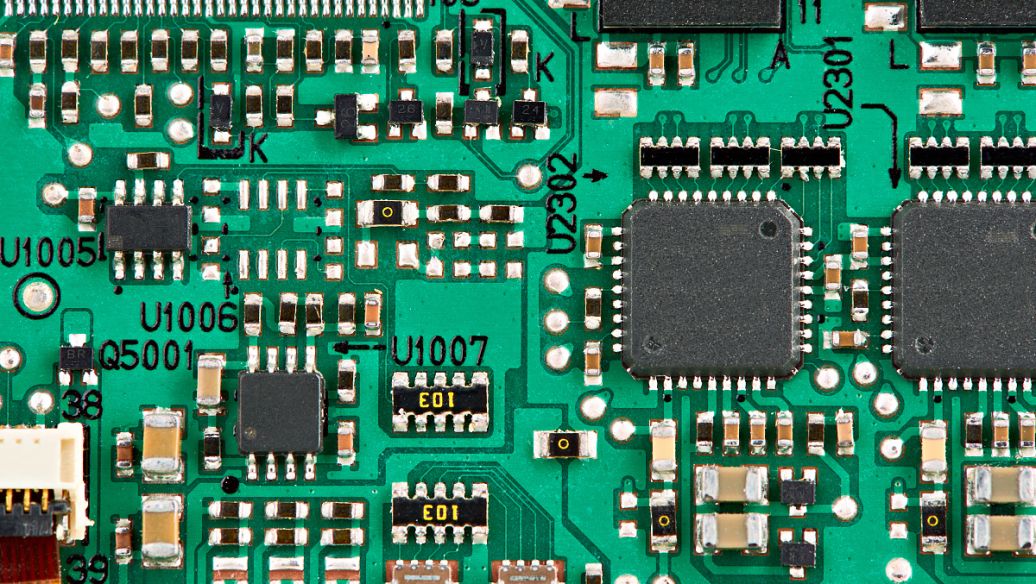
Classification of PCB
Single-sided PCB: Components are mounted on one side of the board.
Double-sided PCB: Components can be mounted on both sides.
Multi-layer PCB: Consist of multiple layers of substrate and copper, allowing for more complex circuits.
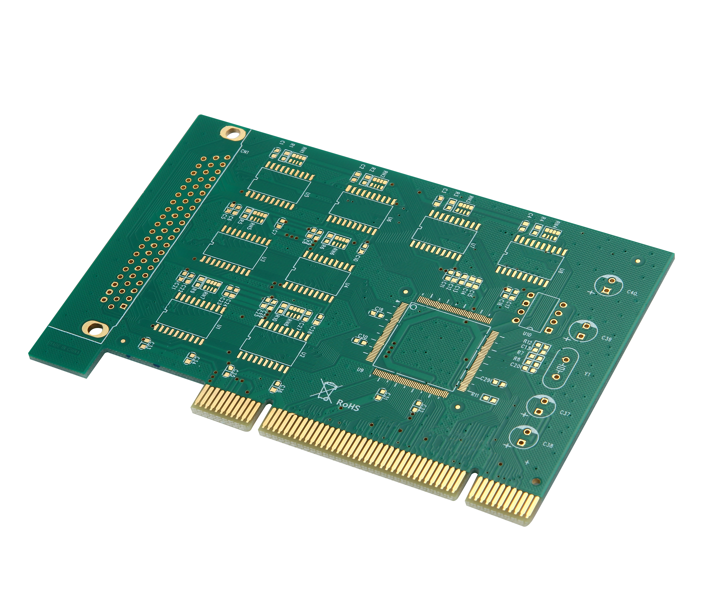
Manufacturing Process of PCB
Design-Printing-Drilling-Plating and Surface Treatment-Assembly
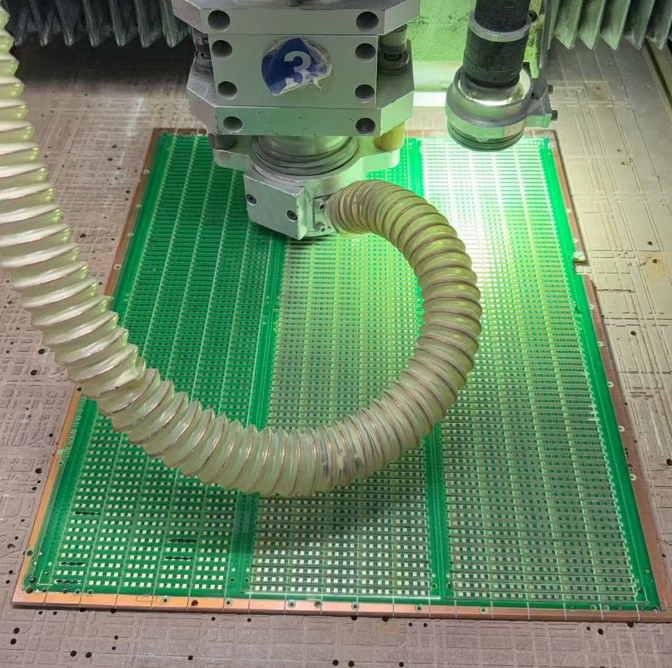
Importance of PCB in Electronic Devices
Signal Integrity and Stability: Ensuring reliable electrical connections.
Miniaturization and Integration: Allowing for smaller and more compact devices.
Enhanced Reliability: Providing a stable platform for components.
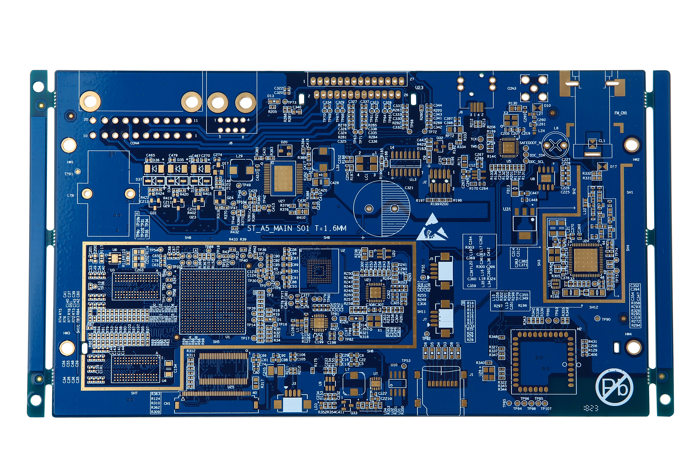
Future Trends in PCB Technology
High Density and Miniaturization: Increasing the number of components per unit area.
High-Frequency and High-Speed Signal Transmission: Supporting faster data rates.
Flexible and Rigid-Flex PCB: Allowing for more versatile designs.
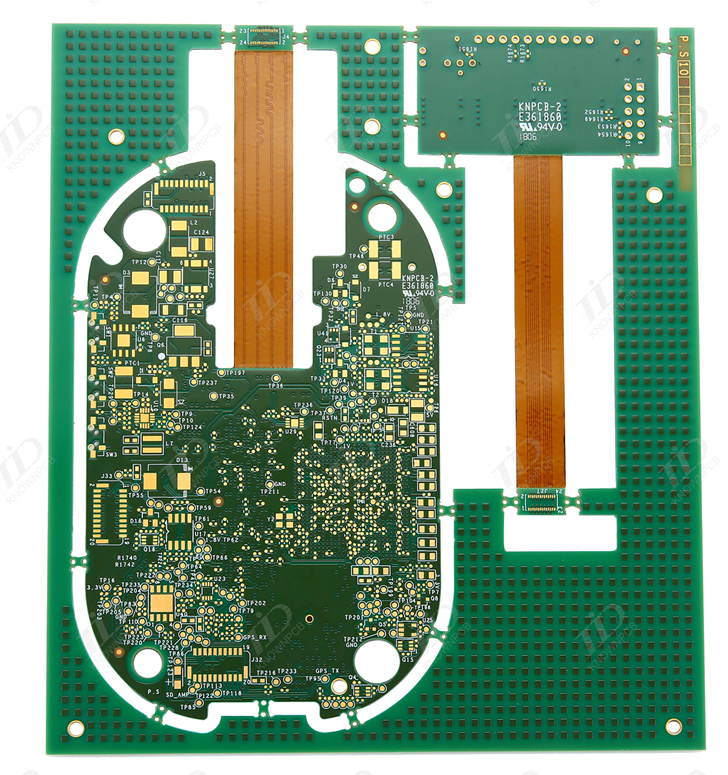
PCB are the backbone of modern electronics, enabling the functionality and reliability of countless devices. As technology advances, PCB will continue to evolve, supporting more complex and high-performance applications.

Or call +86 755 2794 4155
Inquiry Now

